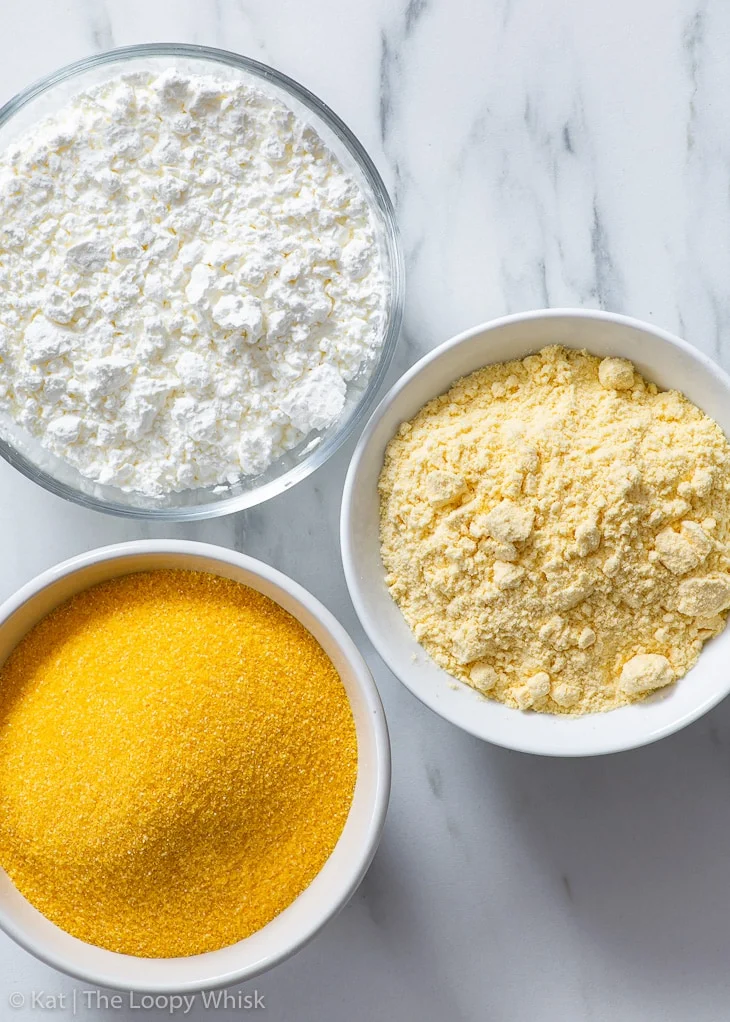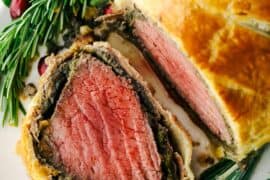Is Cornstarch the Same as Cornflour? Unveiling the Differences!
Hello, wonderful parents out there! If you’ve ever found yourself in the grocery aisle, scratching your head at the variety of flour products on the shelves, you’re not alone. In the realm of cooking and baking, knowing your ingredients can make all the difference to your family’s meals. And guess what? Today, we’re demystifying an oh-so-common puzzle: is cornstarch the same as cornflour? Spoiler alert: they’re not twinsies, but they’re definitely related! Let’s dive in and clear up the confusion!
Cornstarch vs. Cornflour: What’s the Scoop?
First things first, let’s get the facts straight. Both cornstarch and cornflour are derived from corn – that part is true! But the way they are processed and their end uses differ substantially. So, while they’re both champions in their own right, they play very different roles in the kitchen.
What Is Cornstarch?
Cornstarch, also known as cornflour in the UK (confusing, right?), is a fine, powdery substance that’s typically used as a thickening agent. It’s made from the endosperm of the corn kernel, which is that starchy white part in the center. When you’re looking to make that gravy extra silky or get your pie fillings to just the right consistency, cornstarch is your go-to buddy!
And Cornflour?
Cornflour, on the other hand, refers to a more finely ground version of cornmeal in the US. It’s the whole corn kernel, finely milled into a soft, yellowish powder. Want to whip up some heavenly cornbread or give a delightful crunch to your fried chicken coating? That’s where cornflour steps in and steals the show. It’s also a staple in many gluten-free recipes!
Breaking Down the Nutritional Values
As caretakers of our family’s health, understanding the nutritional content of the foods we use is vital. Both cornstarch and cornflour are gluten-free, which is great news for those with gluten sensitivities. But how do they stack up in terms of nutrition?
Let’s peek at the nutrition labels:
- Cornstarch: It’s almost purely a carbohydrate, with minimal protein or fat, and not a significant source of vitamins or minerals. But boy, does it work wonders for texture in sauces and soups!
- Cornflour: It’s richer in fiber and protein compared to cornstarch, and contains some essential nutrients, including potassium, vitamin A, and iron. It’s not just about texture – it adds a bit of nutritive value, too!
Now, whether you’re voting team cornstarch or team cornflour, you can make an informed decision at the grocery store – and that’s a win for mealtime success!
Getting Into the Nitty-Gritty: Uses in the Kitchen
Alrighty, let’s talk about what you can actually do with these corn-derived dynamos:
- Cornstarch is synonymous with thickening. Soups, stews, sauces, and fillings are all fair game. Just remember to create a slurry with a little cold water before adding it to your hot concoctions to avoid unappetizing lumps!
- Cornflour, while also having thickening power, tends to be used more for its flavor and texture contributions. You’ll find it in baked goods, batters, and as a coating for fried foods. And for our gluten-free friends, it’s often part of flour blends to create delicious GF recipes.
So, parents, now that we’ve laid out the lowdown on cornstarch and cornflour, you can see they each have their special place in your pantry. The next time you’re ready to embark on a culinary adventure with your little sous-chefs, you’ll know precisely which corn product will make your dishes dazzle.
Stay tuned for more tips and tricks in the kitchen, where we’ll discuss even more ways to use cornstarch and cornflour to enhance your cooking and baking experiences. We’ll be exploring delicious recipes, innovative substitutions, and answering all your corny queries! Keep an eye out for our upcoming sections as we continue to unravel the culinary conundrums that every parent faces. Happy cooking!

Five Things Parents Should Know When Preparing to Use Cornstarch and Cornflour
Now, for the ever-curious, ingredient-conscious parents who want to ensure they’re wielding these corny powerhouses perfectly, here are five key things you should keep in your mental pantry:
1. Understanding Their Thickening Prowess
Cornstarch is a superhero when it comes to thickening, but a little goes a long way. Make sure you measure accurately to avoid a gooey outcome. Cornstarch thickens very quickly and at a lower temperature than flour, so be ready for action as soon as you add it to your dish!
2. Knowing When to Use Which
If you’re after a crisp coating or need a flour substitute for your baked goodies, cornflour is the answer. Its powdery texture and yellow hue can add a beautifully rustic look and a tender crumb to your baking. Reserve cornstarch for the times when transparency is key, like in a fruit sauce or clear glaze.
3. Awareness of Allergies and Dietary Needs
Both cornstarch and cornflour are inherently gluten-free, but always check labels for cross-contamination if family members are sensitive to gluten. This is particularly crucial if you are purchasing from bulk bins or if the products are processed in a facility that also handles wheat and other allergens.
4. Mastering the Art of Substitution
While they are not directly interchangeable, you can often substitute cornflour for flour in recipes at a 1:1 ratio and cornstarch at a 1:2 ratio (for every 1 cup of flour, use 1/2 cup of cornstarch). But remember, this can affect the outcome in texture and taste, so experiment and adjust according to your family’s preferences.
5. Proper Storage to Extend Shelf Life
Maintaining the freshness of your cornstarch and cornflour extends their usability. Store them in airtight containers in a cool, dry place to prevent moisture from turning them into concrete-like blocks. When stored properly, they can last for years, but for optimum performance, try to use them within a year of purchase.
Arming yourself with these insights will set you up for culinary brilliance and ensure that your home-cooked meals are not only deliciously consistent but also cater to the wellbeing of your loved ones. Whether you’re conjuring up a thick, creamy stew with cornstarch or baking a batch of fluffy, golden corn muffins with cornflour, you’re all set to create with confidence and a sprinkle of corn magic!
As you continue to explore the paths of home-cooking, we will be right here cheering you on and serving up more useful tidbits. So roll up your sleeves, grab that apron, and let’s make mealtime a joyous journey with these fantastic corn companions!
For more great articles please see here. For more information see here
Disclaimer
The articles available via our website provide general information only and we strongly urge readers to exercise caution and conduct their own thorough research and fact-checking. The information presented should not be taken as absolute truth, and, to the maximum extent permitted by law, we will not be held liable for any inaccuracies or errors in the content. It is essential for individuals to independently verify and validate the information before making any decisions or taking any actions based on the articles.




